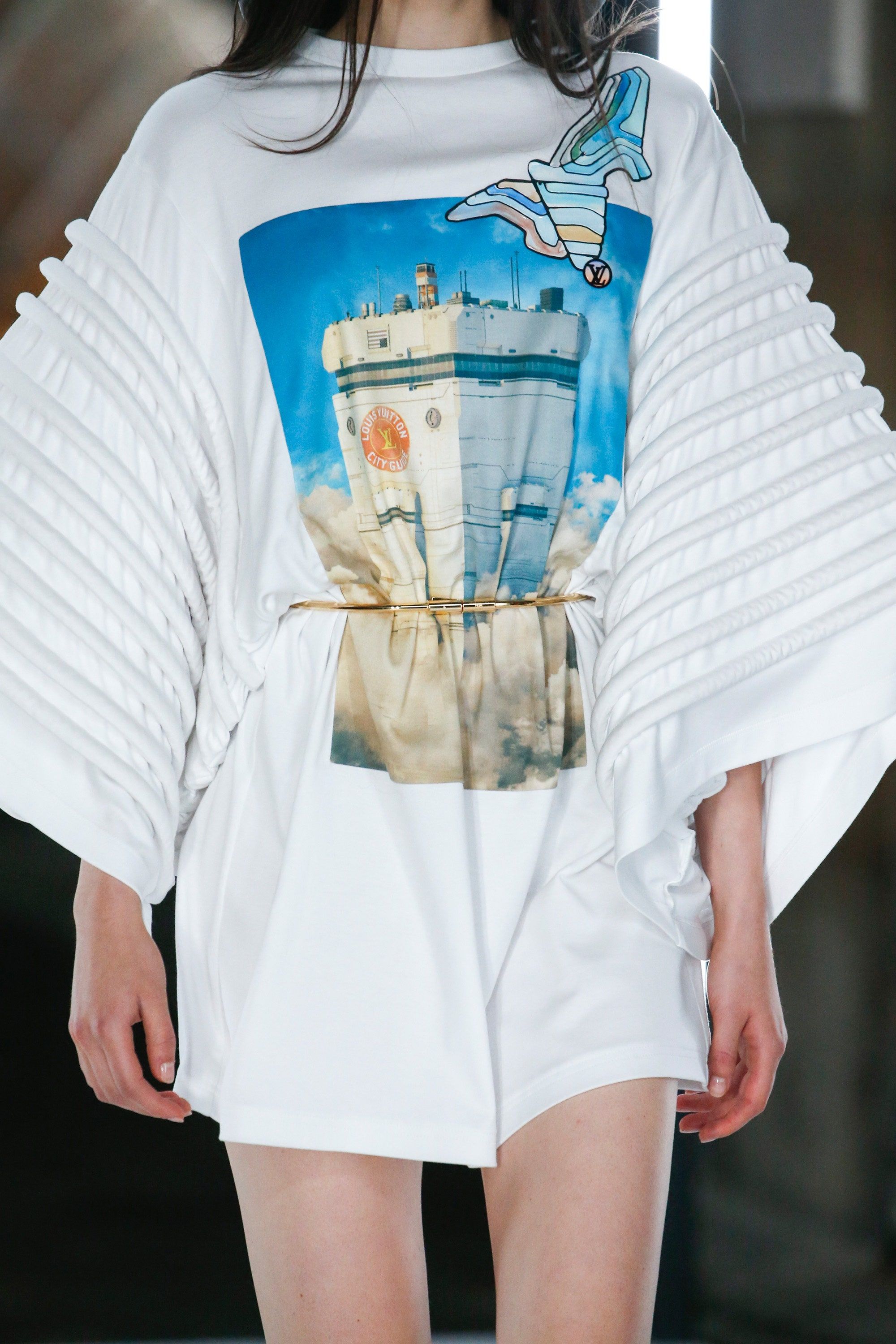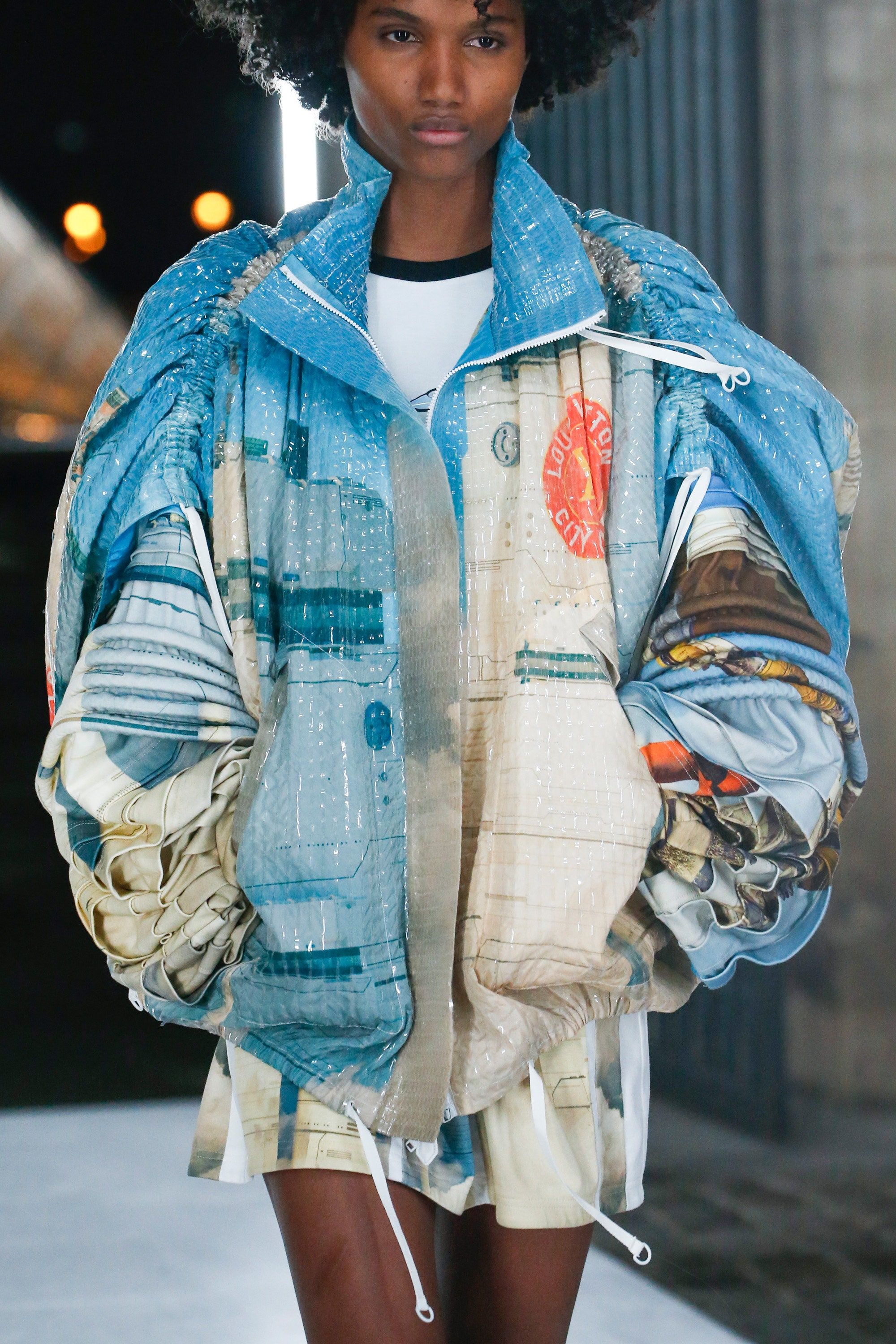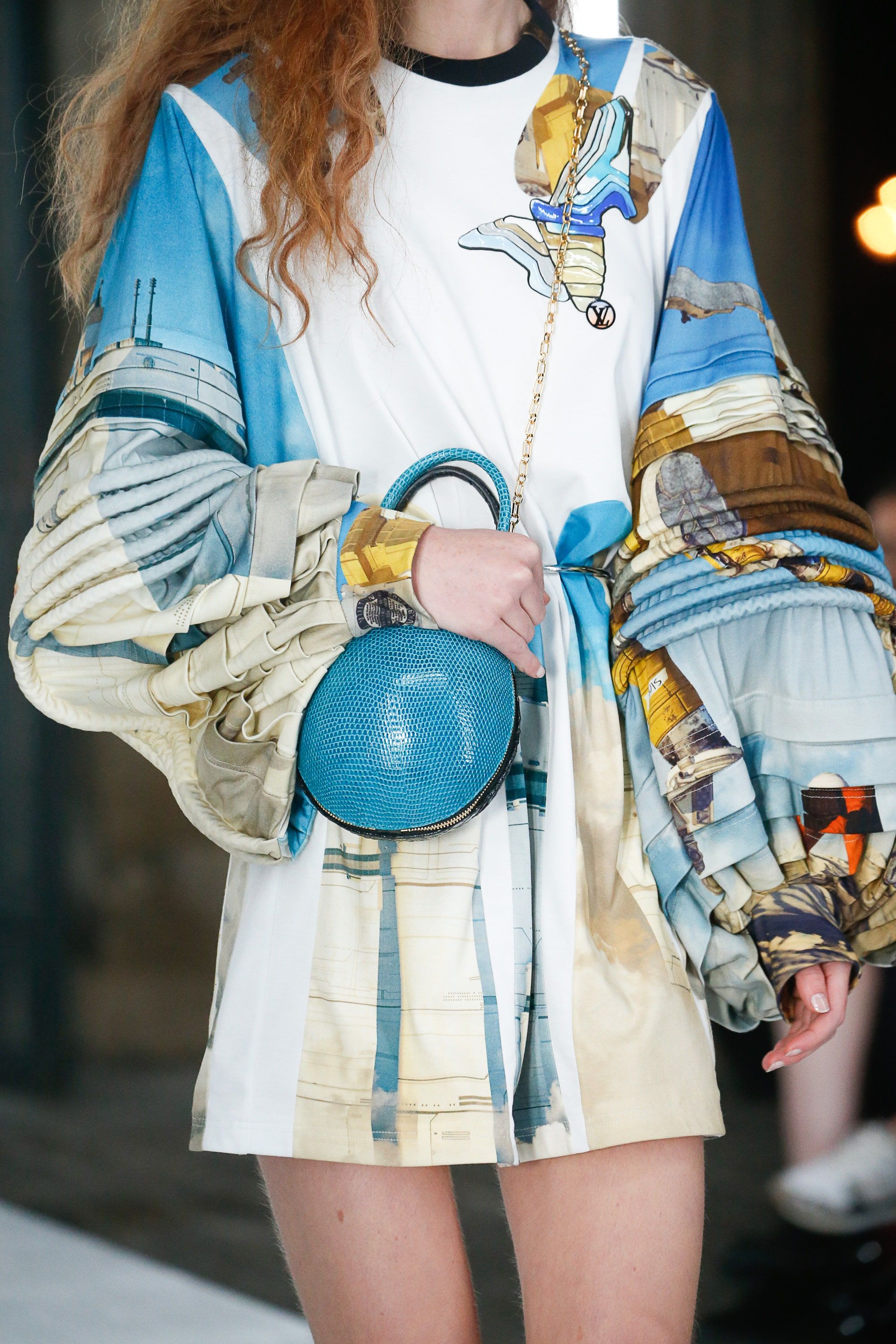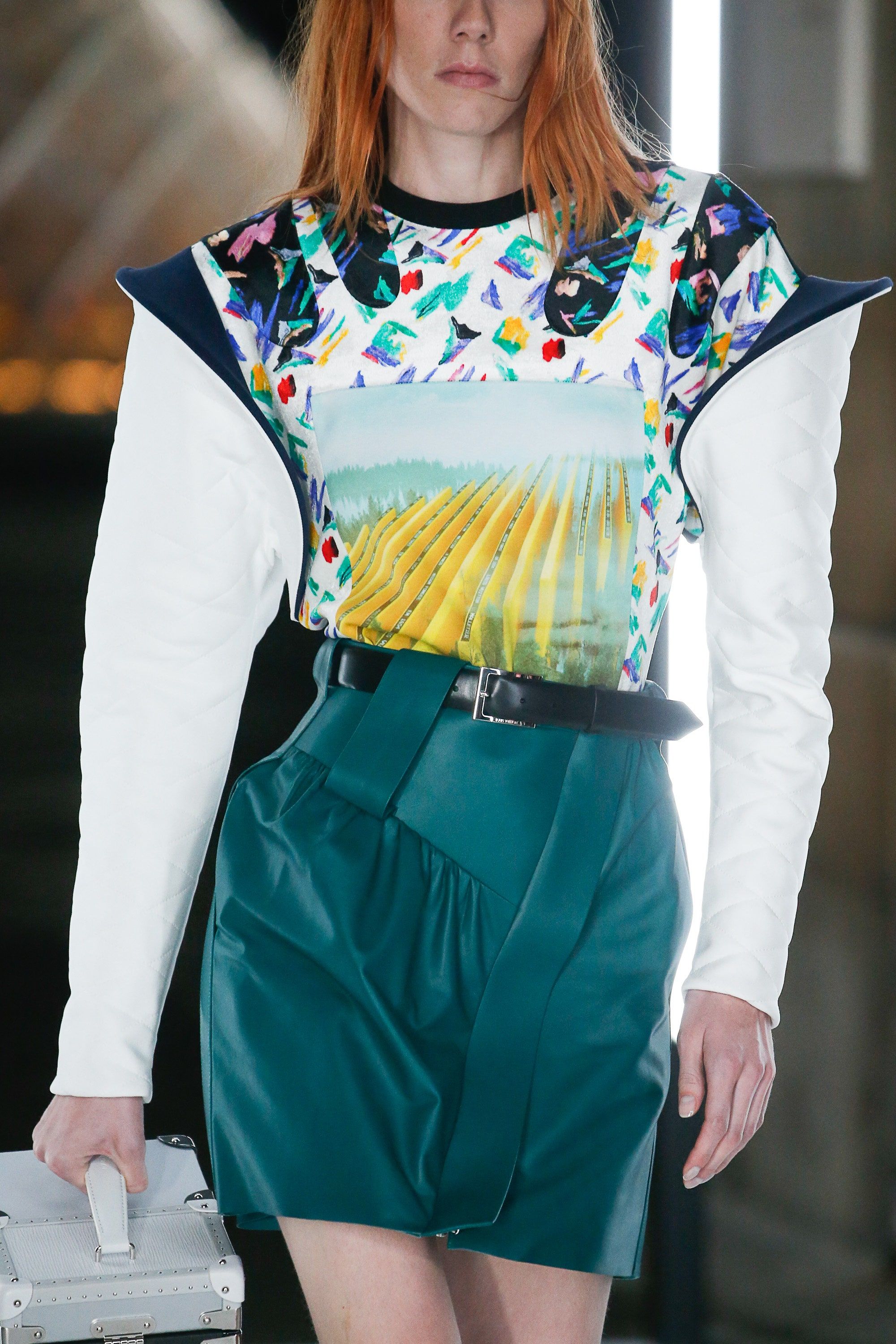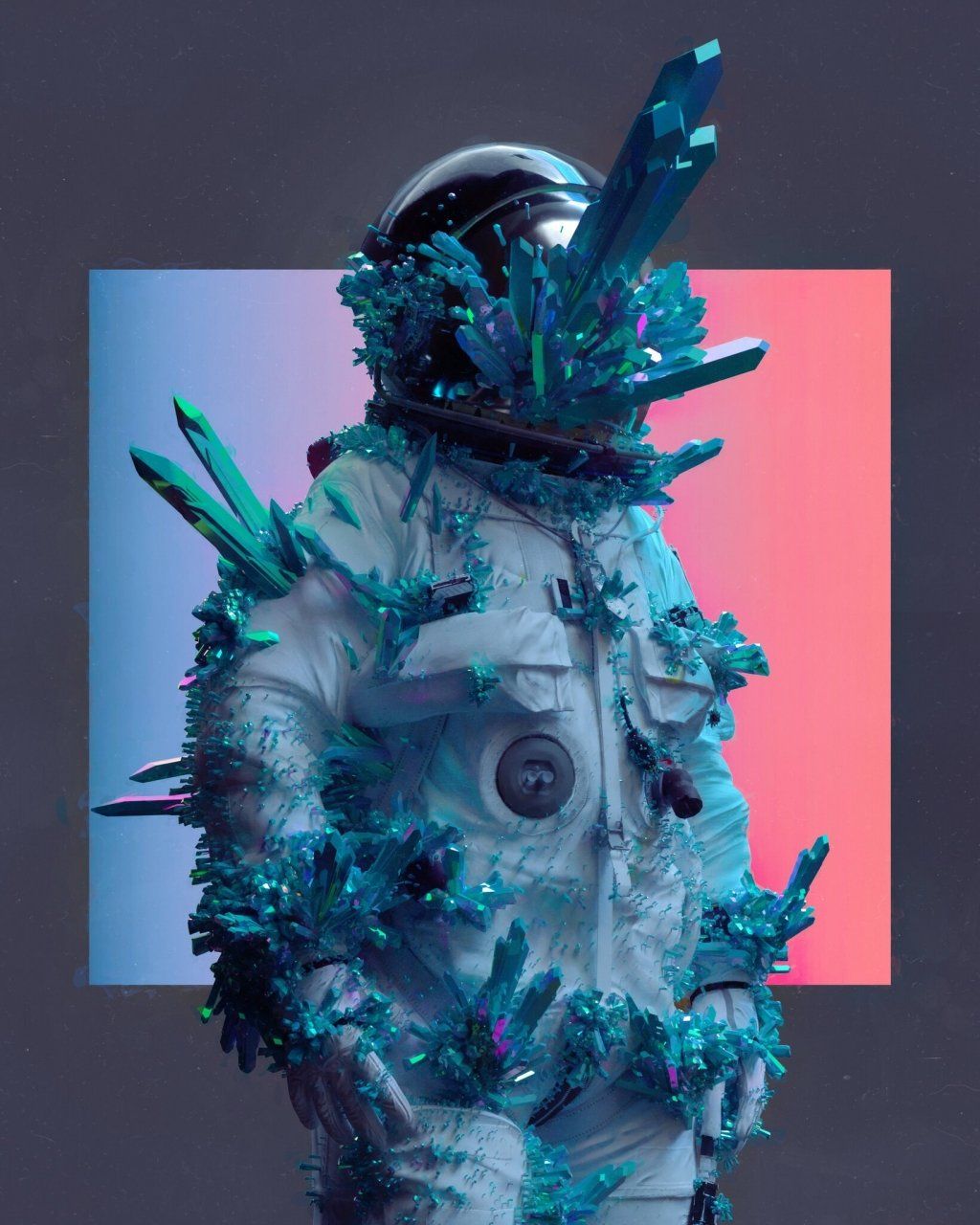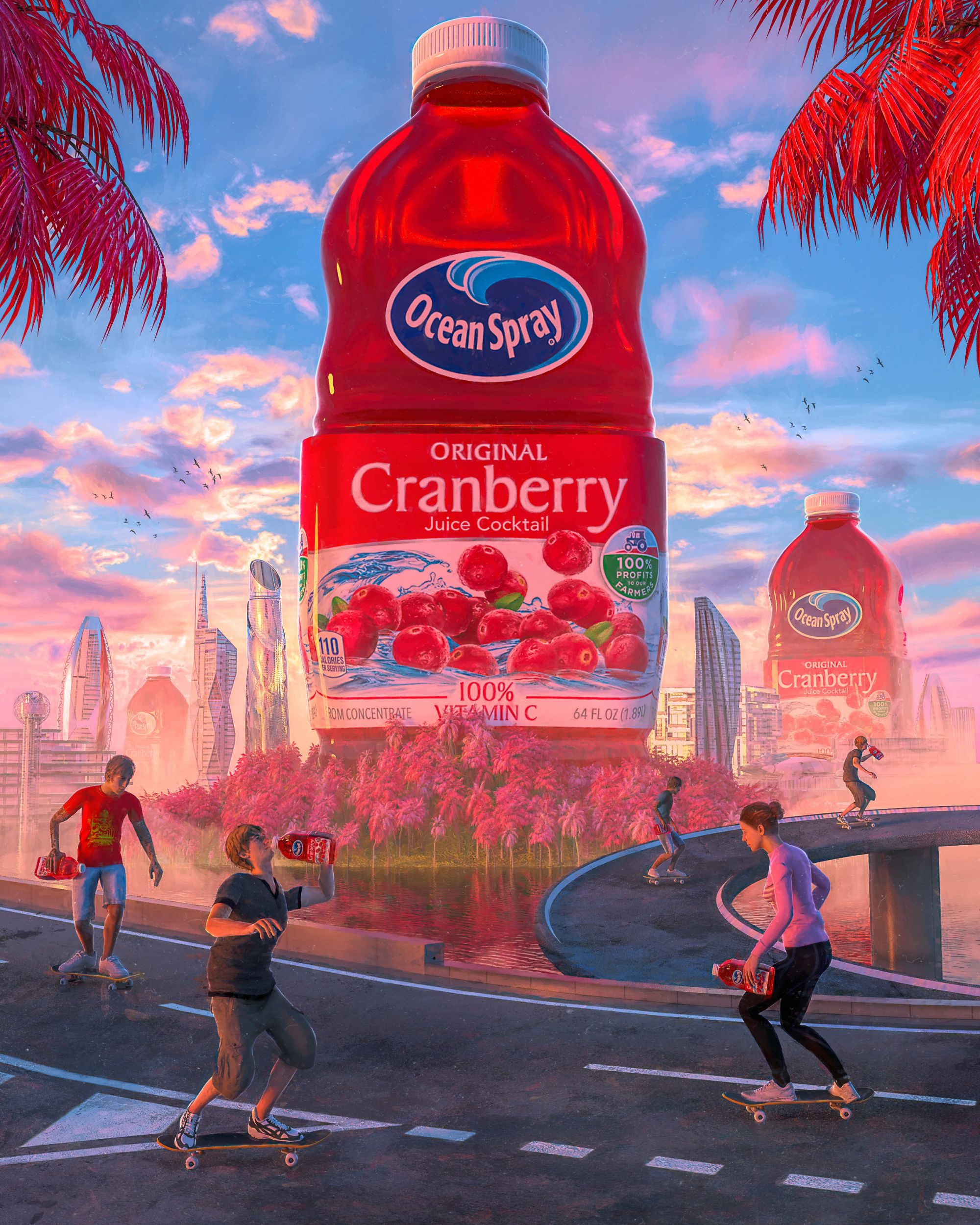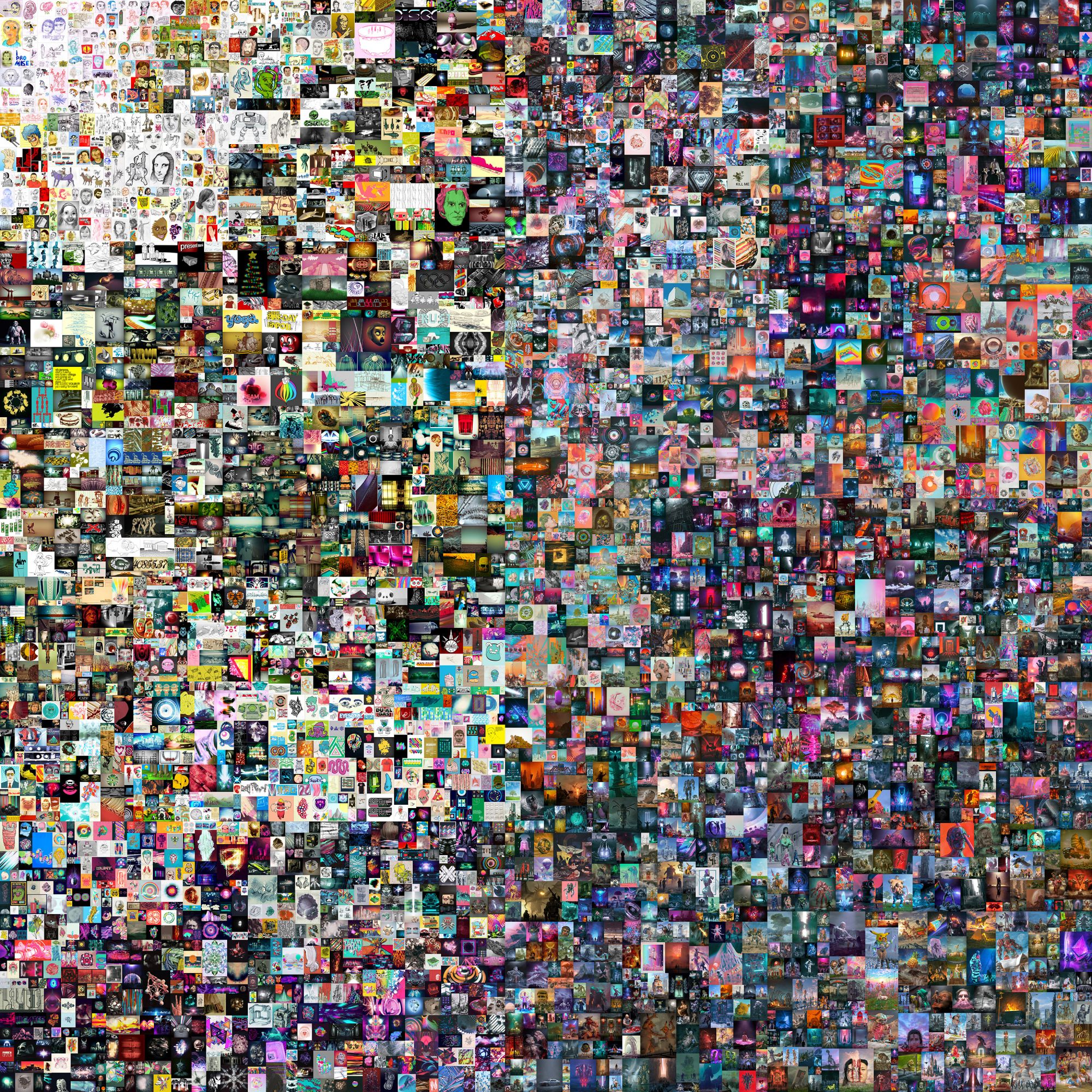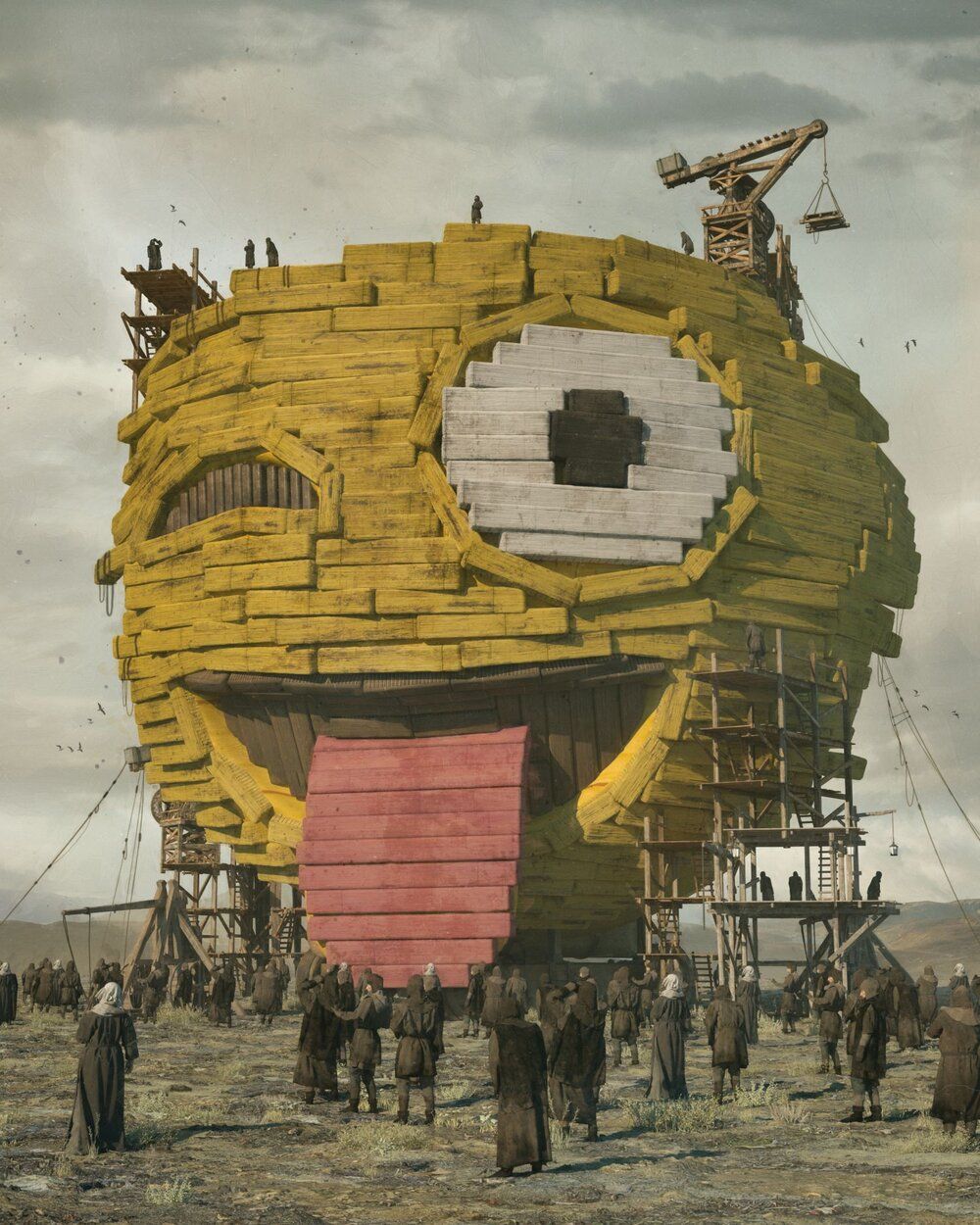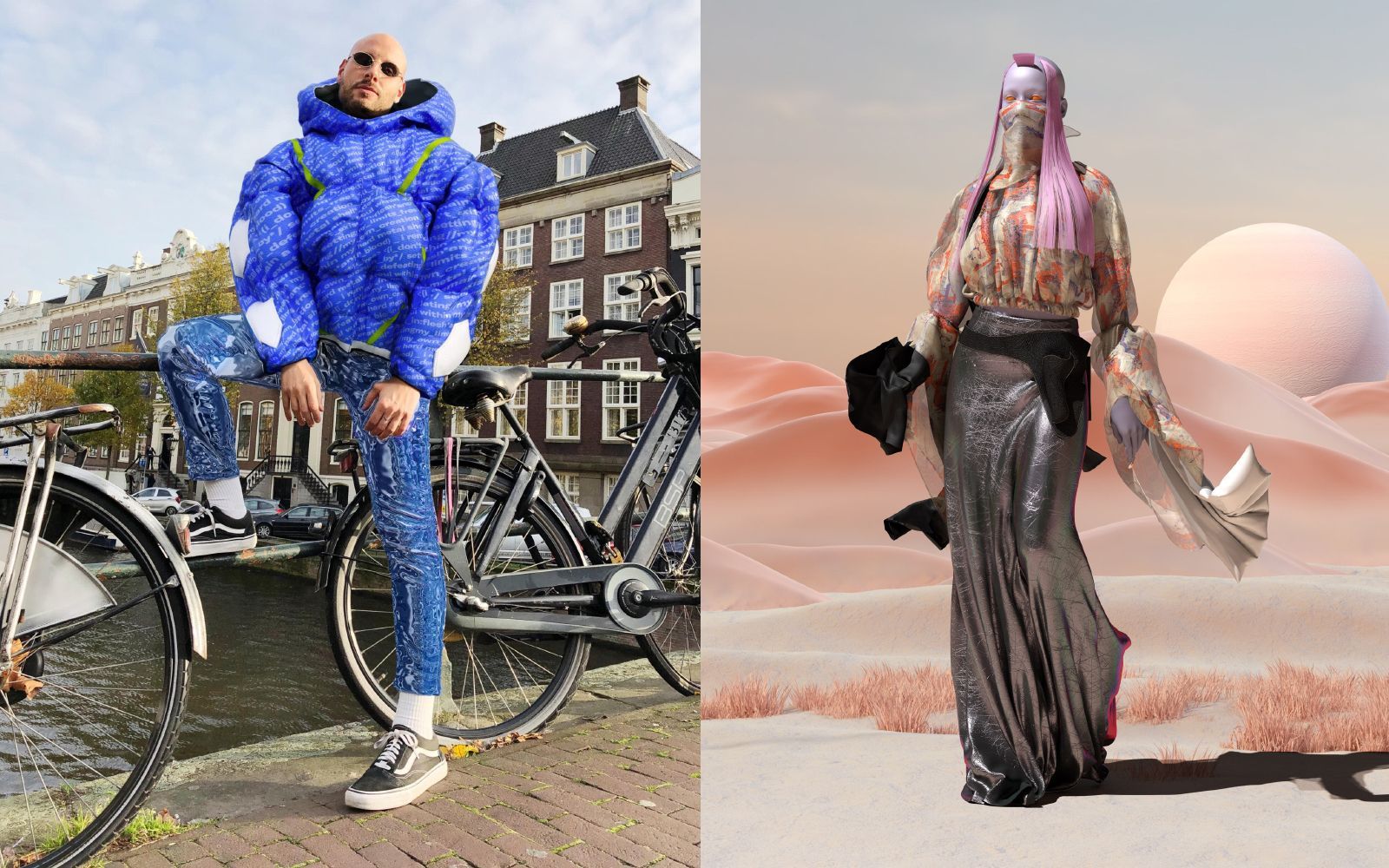
Because fashion cannot do without NFTs Solid reality or bubble already on the verge of bursting?
For a few weeks, the discourse on NFTs, the non-fungible tokens, of digital certificates of authenticity that appeared for the first time in the art world and which is affecting the design and luxury markets, would seem to have great (and so far potential) importance for fashion. For example, Trevor Andrew's Gucci Ghost GIF sold for $ 3,600 while digital artist Mike Winkelmann, aka Beeple, who recently collaborated on a capsule with Louis Vuitton for SS19, sold a digital collage through Christie's. in NFT called The First 5000 Days for the record figure of 69 million dollars and "opening" the world of digital art to the institutional art market. A reality that has also attracted the Italian Domenico Formichetti, but which in general seems to have solved the problem that has long held back the luxury giants in their approach to digital fashion: exclusivity.
What are NFTs and why are they relevant?
• "Non-fungible token", means "non-replaceable". While a normal bitcoin can be exchanged for another bitcoin, the NFT is a unique digital element that represents only and only the object with which it is associated. Their uniqueness is protected by the blockchain system.
• An NFT can be any digital artifact such as music, GIFs, drawings, and so on. Although, as digital files, FTTs can be reproduced and copied, the NFT's "signature" always makes the original artifact recognizable – which can therefore have ownership and an author and remains unique.
• FTTs are important for digital art as they are a safe and almost foolproof method to establish the "pedigree" of digital artworks and assign them authors, owners and establish a sales and transaction history – all recorded by blockchain technology.
Why are NFTs relevant for the fashion industry?
There are four main reasons:
• An NFT can make virtual fashion items as unequivocally "signed" and unique as tangible products, solving the problem of absolute reproducibility of digital clothes.
• With NFTs, the field of products that can be sold as unique is widened. A fashion brand could sell the video of its show or individual backstage photos as NFTs: there may be digital copies on YouTube, for example, but the NFT makes it possible to track down the original piece, which could therefore be purchased by a collector as an original work of art.
• They could be used to extend the value of physical products. They could therefore act as certificates of authenticity in the form of digital artwork to reinforce the uniqueness /scarcity of a product but also as a digital copy "associated" with the physical product and therefore usable online for the avatars of a video game.
• NFT as certified could have an impact on the world of resell, not only by keeping an accurate map of the changes of ownership of a certain object but also, for example, by providing brands with a percentage of royalties every time their product is sold in the secondary luxury market.
The possibility of making a digital artifact as unique as a physical artifact is in short interesting for fashion as it makes digital assets monetisable and extends the control that the brand has over the product even beyond the sale. For example, the video Death of the Old created by Grimes has sold for $389,000 in recent weeks; a video of LeBron James sold for $208,000. At the beginning of March, however, the sale of 600 digital sneakers in NFT generated over three million dollars. Another point not to be overlooked is the clientele: the gaming world is composed mostly of young consumers of luxury, a category that appeals to the great fashion players, and that can now be reached and targeted through in-game sales as safe as those in boutiques.










































